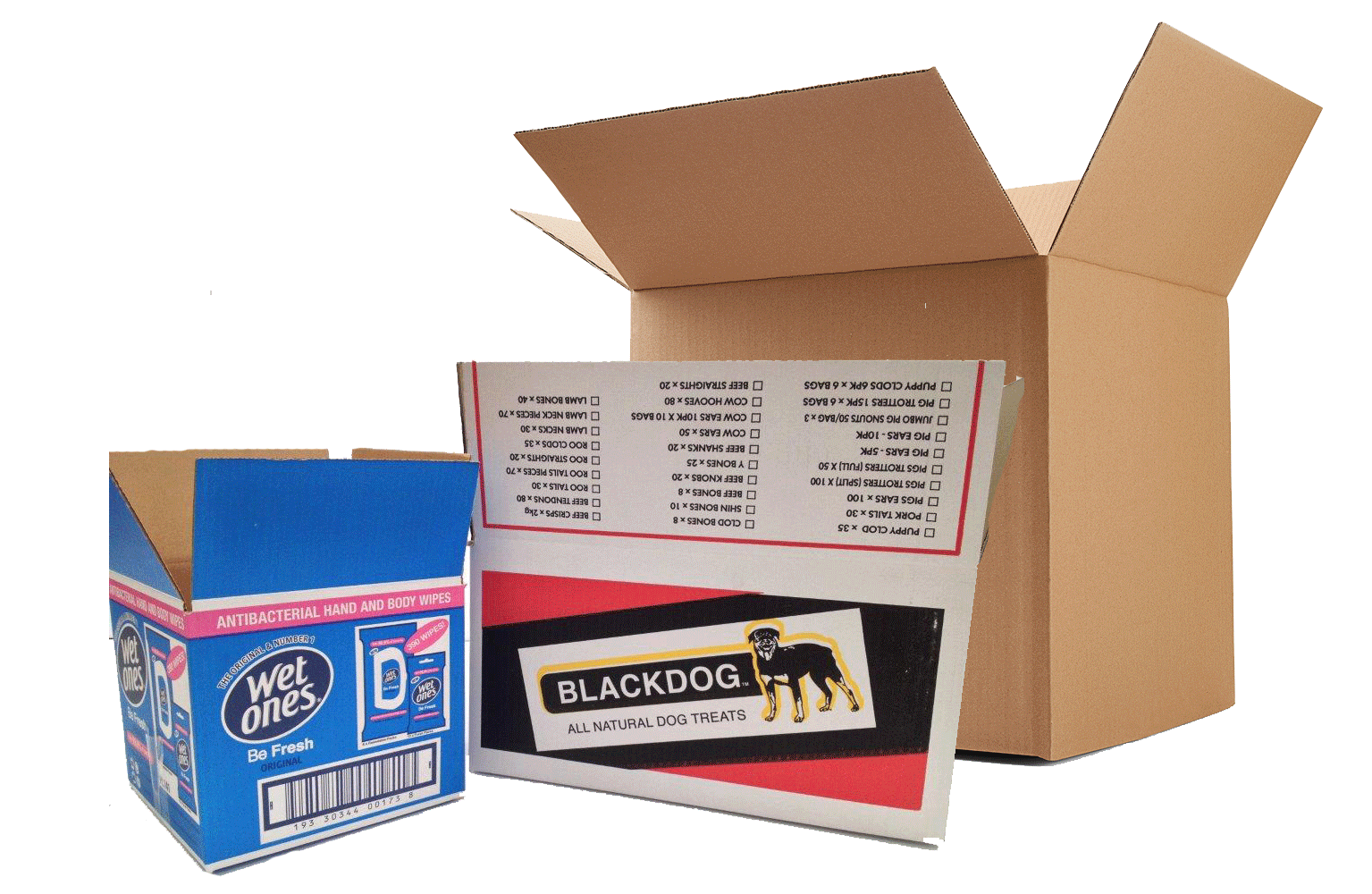Home » Balancing Safety with Space Optimization in Packaging
Balancing Safety with Space Optimization in Packaging
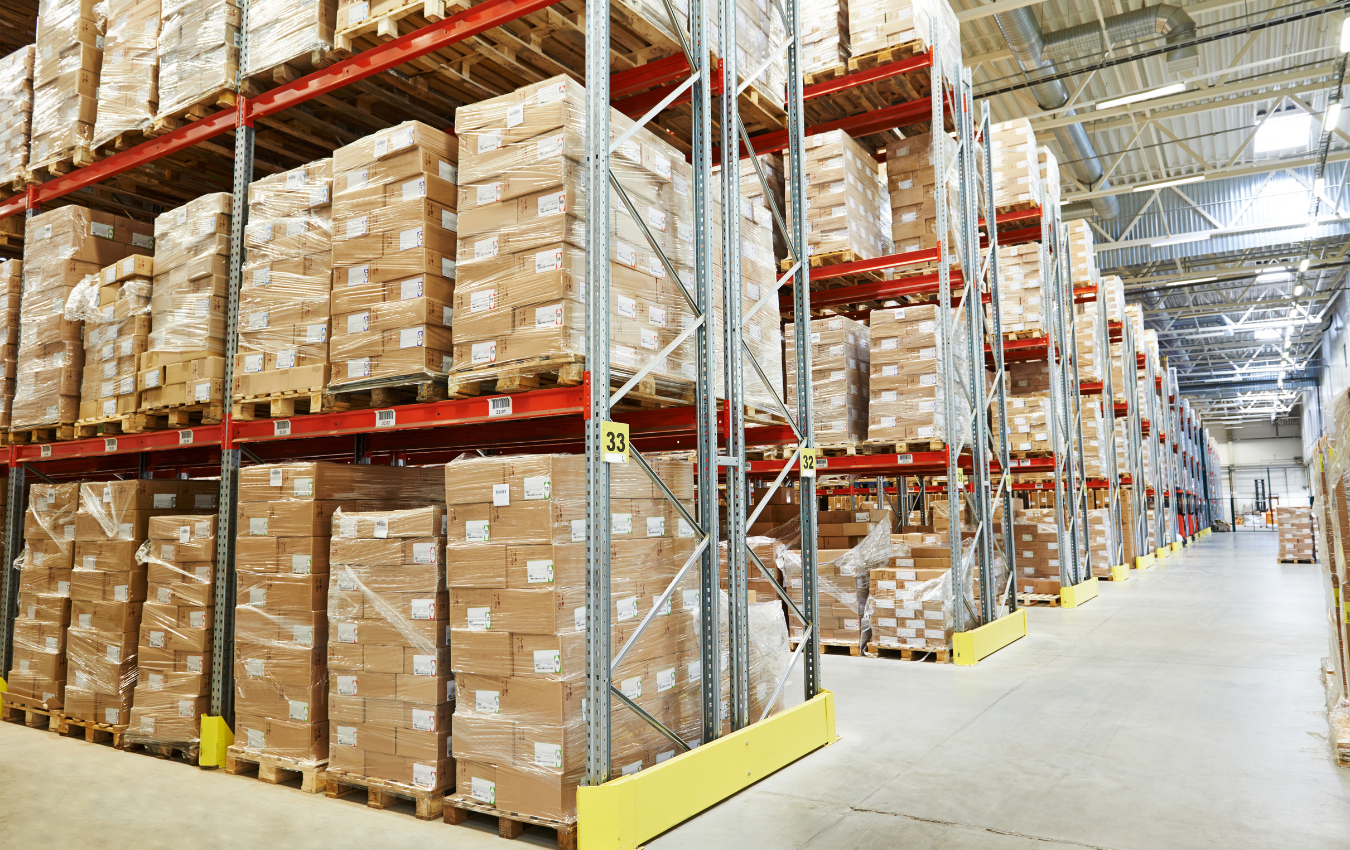
In the packaging industry, achieving the perfect balance between ensuring product safety and optimizing space is a complex yet vital goal. This blog post explores various strategies and considerations for businesses aiming to navigate this balance effectively.
Understanding the Challenge
The intricacies of packaging require a careful balance. While it’s crucial to protect the product, it’s equally important to design packaging that is space-efficient for storage and transportation. This balance impacts not only cost-effectiveness but also environmental sustainability.
Prioritize Product Safety
The first and foremost consideration in packaging should always be the safety of the product. Understanding the product’s vulnerability, selecting quality materials, and conducting thorough testing are essential steps to ensure that the packaging adequately protects its contents.
Design for Space Efficiency
Effective packaging design maximizes space utilization without compromising safety. Compact and customized designs, along with modularity, can significantly enhance space efficiency in both storage and transportation.
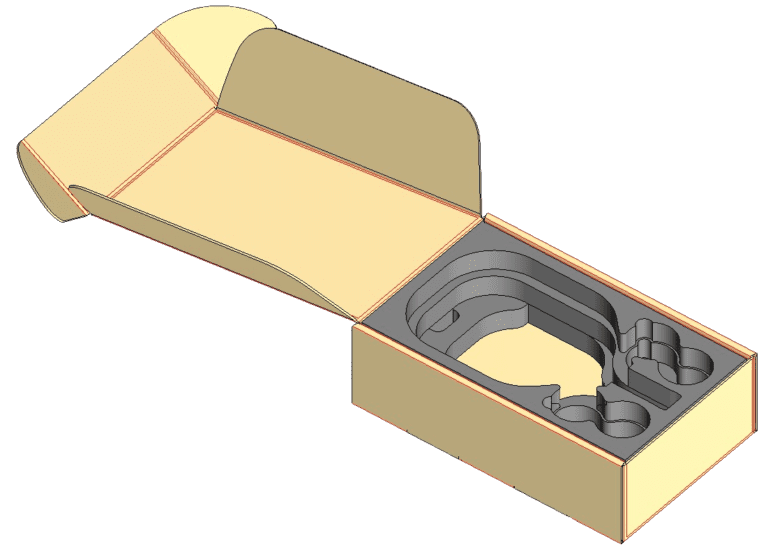
Implement Smart Packing Techniques
Smart packing involves using strategic layering, padding, and multi-functional components to protect the product. These techniques aim to provide maximum safety with minimal material usage.
Explore Advanced Materials and Technologies
Innovative materials and technologies can offer improved protection with less bulk. The integration of smart sensors and advanced protective materials can revolutionize how products are packaged and monitored.
Optimize for Storage and Transportation
Optimizing packaging for storage and transportation involves designing for stackability and considering pallet optimization. This ensures that the packaging fits efficiently in warehouses and during transit, reducing transportation costs and space requirements.

Conduct a Cost-Benefit Analysis
Regularly assessing the costs associated with packaging materials and potential product damage is crucial. This analysis should weigh the costs of robust packaging against savings from reduced damage rates and improved space utilization.
Sustainability Considerations
Sustainable packaging is not just an environmental responsibility; it also contributes to the safety-space balance. Eco-friendly materials and strategies that minimize waste and promote recycling can play a significant role in this balance.
Continuous Improvement and Adaptation
Establishing a feedback loop for continuous data gathering and staying informed about industry trends are essential for adapting and improving packaging strategies. This approach ensures that packaging remains effective and efficient over time.
Conclusion
Balancing safety with space optimization in packaging is a dynamic and ongoing process. By focusing on these key areas and maintaining a flexible approach to packaging design and materials, businesses can achieve a packaging strategy that effectively protects their products while optimizing space and resources.
If you are interested in packaging solutions, then partner with Brown Packaging today to get started.
As tariff changes reshape global trade, packaging buyers moving production from China to the U.S. or nearshore regions face a new challenge: supplier qualification. Transitioning
With new tariff proposals and continued trade uncertainty, 2026 is shaping up to be another pivotal year for packaging sourcing strategy. Many companies that shifted
Following multiple rounds of tariff changes and trade policy adjustments, 2026 marks a turning point for U.S. packaging buyers. Many who previously transitioned from China
Home » Balancing Safety with Space Optimization in Packaging
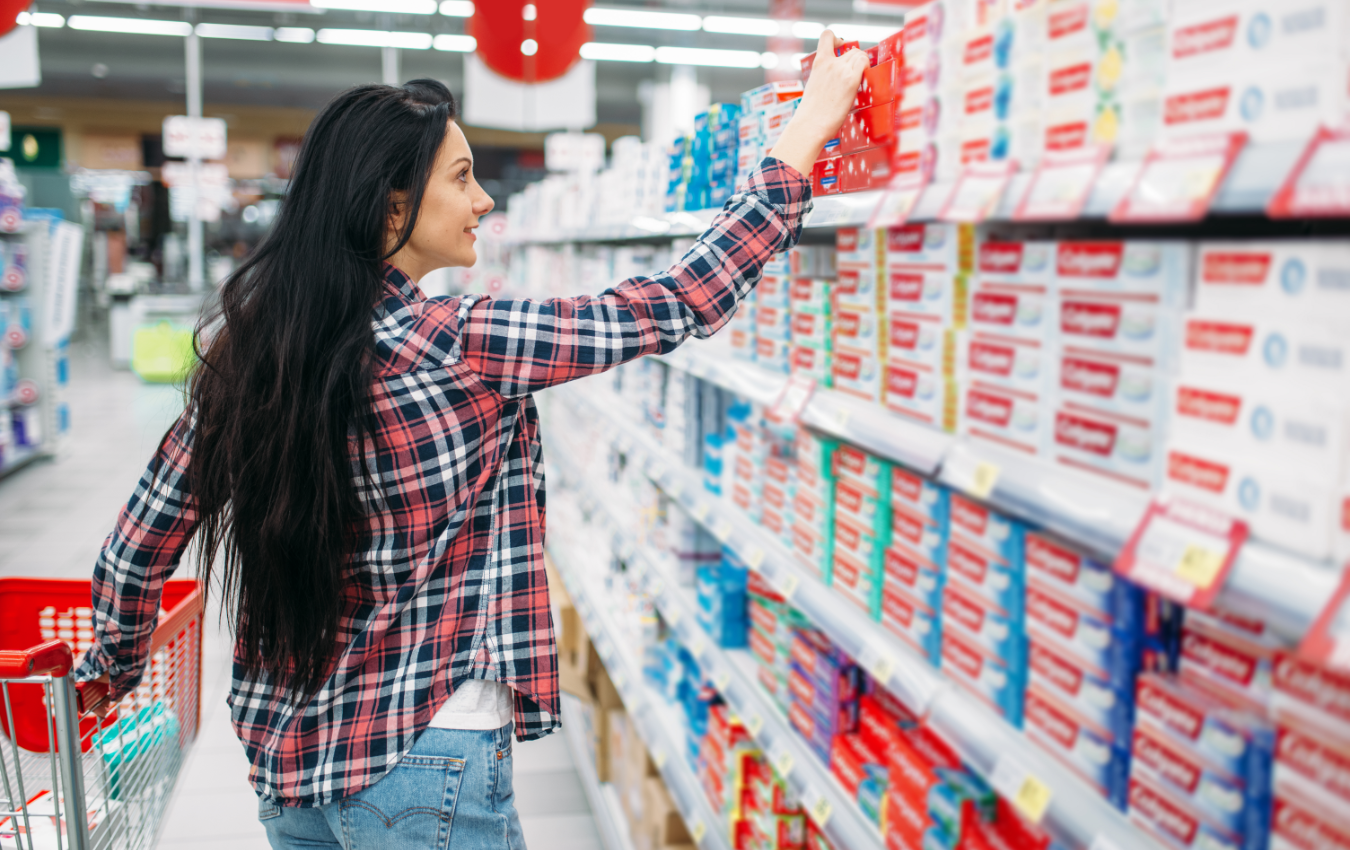
When browsing a retail store many of us have probably noticed that most products are packaged in a box, whether they are on the shelf

Saving on the purchase of corrugated boxes involves strategic planning and smart sourcing to ensure you get the best value without compromising on quality. By
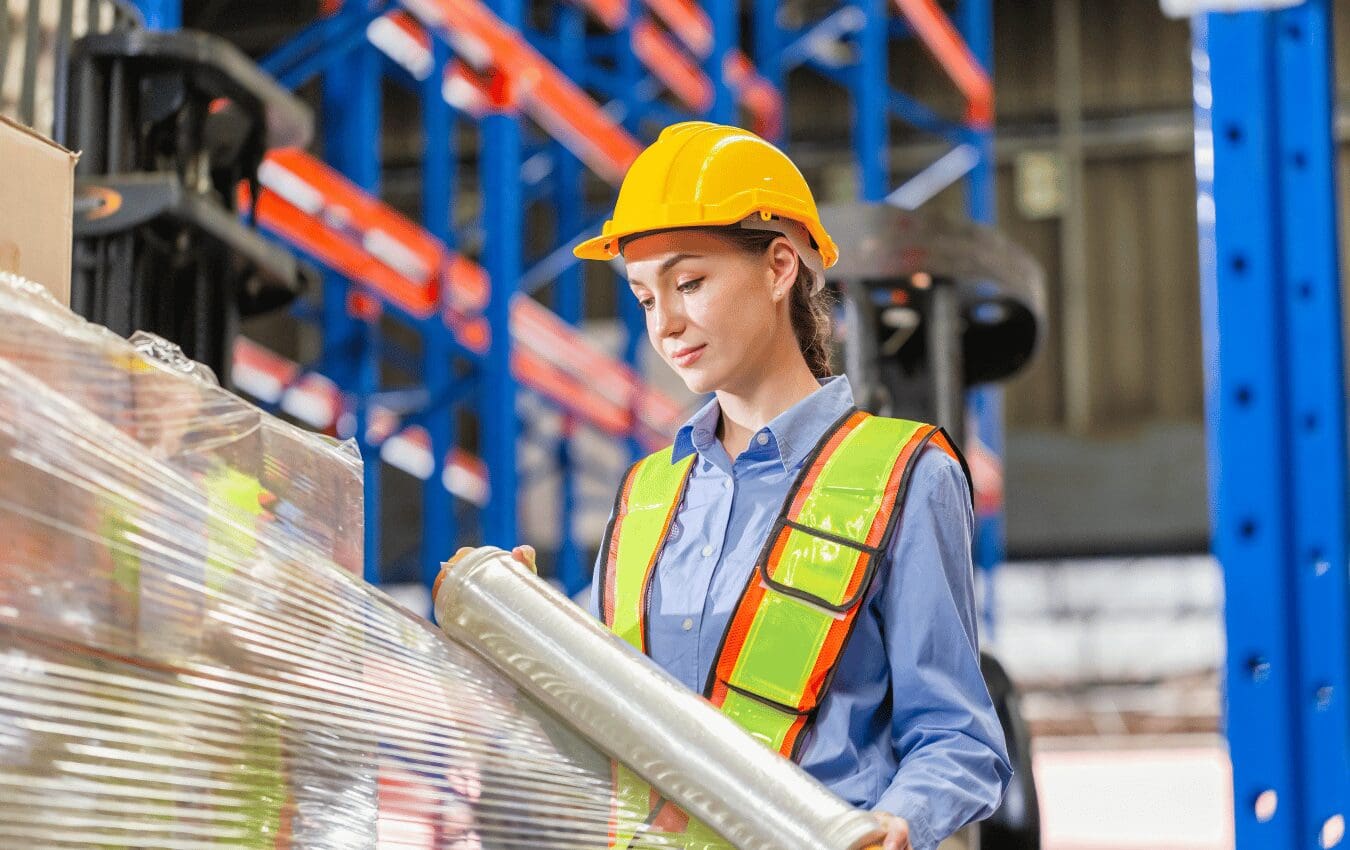
Selecting the right stretch film is essential for ensuring the stability, safety, and integrity of your products during storage and transit. Stretch film plays a


